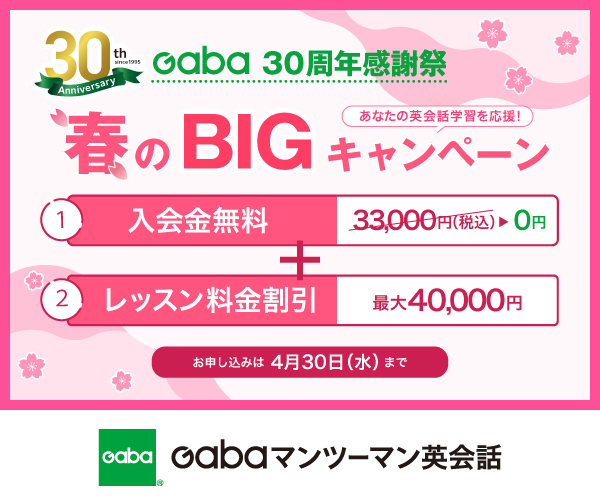英語記事に慣れる「サクっと読む英文」
2017.5.30
Clean energy use up in 2016
Read the article to find out what countries are leading the way in clean energy.
クリーンエネルギーへの道をリードして進んでいるのはどの国なのか、記事を読んでみましょう。

Renewable energy is more affordable than ever according to a 2017 report from UN Environment. The report discusses positive developments for clean energy, but expresses some concern over decreased investment in the industry.
Renewable energy is energy produced from resources, such as wind, the sun, tides, rain, and heat from the ground. Renewable energy is also called “clean energy” because it is natural, and does not make air dirty.
In 2016, global investment in renewable energy decreased by almost a quarter compared to the previous year. According to the United Nations Environment Program, total investments in 2016 were $241.6 billion (about ¥26 trillion), down from $312.2 billion (about ¥34 trillion) in 2015.
Even though companies spent less on renewable energy in 2016, the total amount of renewable energy increased by 8% from 2015. Prices were lower because it cost less to install wind, solar and other systems. Simply put, investors spent less money and got more energy.
The Climate Reality Project Organization lists various countries and describes their use of renewable energy. Costa Rica and Uruguay can get more than 90% of their electricity from renewable energy.
In 2015, Scotland used wind power to produce energy equal to 97% of the electricity used in homes. In the same year, Sweden’s prime minister promised to make the country completely fossil-fuel-free. Denmark aims to achieve the same result by 2050.
In 2014, China led the world for the most installed wind-energy. Germany and Britain are developing huge wind power projects. Morocco and India aim to build the biggest solar power plants on the planet.
In Japan, renewable energy sources are also contributing more. After the Fukushima nuclear accident in 2011, the government closed many nuclear plants. The need for alternative energy increased. In 2012, the government started programs to support investment in solar and clean energy. The country still uses fossil fuels for most of its energy needs, but according to projections for 2030 from The Ministry of Economy, Trade and Industry (METI), Japan will use renewable energy (22-24%) and nuclear power (20-22%) for its electricity generation.
Total investment in renewable energy fell in 2016, but the future looks positive for the industry.
Renewable energy is energy made from things, such as wind, the sun, rain, and heat from the ground. Renewable energy is also called “clean energy” because it does not make the air dirty.
In 2016, global spending on renewable energy fell about 25% compared to the year before. The United Nations Environment Program said, total spending in 2016 was $241.6 billion (about ¥26 trillion), down from $312.2 billion (about ¥34 trillion) in 2015.
Companies spent less on renewable energy in 2016, but the total amount of renewable energy went up by 8% from 2015. Prices were lower because it cost less to install wind, solar and other systems. Companies and governments spent less money and got more energy.
The Climate Reality Project Organization lists various countries and describes their use of renewable energy. Costa Rica and Uruguay can get more than 90% of their electricity from renewable energy.
In 2015, in Scotland, wind power reached 97% of the electricity used in homes. Sweden also said, in the future, the country will only use renewable energy. Denmark wants to achieve the same result by 2050.
In 2014, China built the most new wind energy plants in the world. Now, Germany and Britain are developing very big wind power projects. Morocco and India are building the biggest solar power plants on Earth.
Japan is also using more renewable energy. After the Fukushima nuclear accident in 2011, the government closed many nuclear plants. Japan needed different kinds of energy. In 2012, the government started programs to raise spending on solar and clean energy. Japan uses oil, gas and coal for most of its energy, but the government wants Japan to use renewable energy (22-24%) and nuclear power (20-22%) for its electricity in 2030.
Governments and companies spent less on renewable energy in 2016, but renewable energy will continue to grow.
キーフレーズ
renewable energy 再生可能エネルギー
affordable 手の届く価格
手頃で無理なく購入できる価格や料金、という意味です。
例:This city needs more affordable housing.
(この都市はもっと手頃な価格の住宅が必要だ。)
clean energy クリーンエネルギー
investment 投資
tide 潮(の干満)
even though ~にもかかわらず
実際には~であるけれども、例え~だとしても、という意味で使われる表現です。似た意味では、“despite the fact that ~”「~という事実にもかかわらず」や “although ~”「 ~ではあるが」があります。
例:Even though I didn’t study very much, I passed the test.
(あまり勉強しなかったにもかかわらずテストに合格した。)
install 導入する
simply put 簡単に言えば
簡潔に言うと、分かりやすく言えば、という意味で、物事をより分かりやすく端的に説明するときに使われる表現です。“put simply”、または “put it simply” と言うこともできます。
例:There were many reasons why he quit, but simply put, he wanted a more challenging job.
(彼が辞めた理由はたくさんあるが、簡単に言えば、彼はもっとやりがいのある仕事を求めていた。)
lead 先導する
contribute 貢献する
ある物事の達成のため、または役に立つように尽力する、という意味です。
例:Her research contributed to our understanding global warming.
(彼女の研究は、私たちの地球温暖化への理解に貢献した。)


 【Gabaからのお知らせ】
【Gabaからのお知らせ】 【特集】
【特集】 【英単語の正しい使い分け】
【英単語の正しい使い分け】 【使いこなす句動詞】
【使いこなす句動詞】